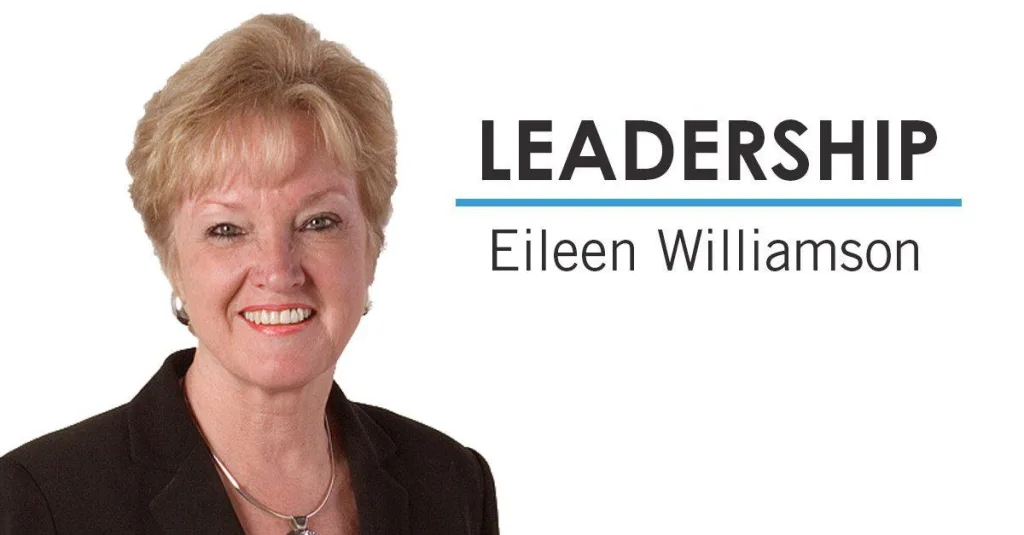As our nation becomes increasingly more diverse, so does our patient population and healthcare workforce. Diversity in healthcare manifests itself in many different and beautiful ways, but one of the most important is the number of languages patients and providers can, and perhaps more importantly, cannot speak. According to a 2015 U.S. Census Bureau report, data from an American Community Survey showed at least 350 languages were spoken in U.S. homes. With data like these, healthcare providers face many challenges in caring for the patients they serve and in getting the bilingual and multilingual staff they need to deliver that care. Inability to meet these challenges can lead to misinterpretations, miscommunications, mishaps and even malpractice. Nurses spend more time with patients than any other healthcare group, so the ability to speak more than one language is a major asset for nurse applicants and a skill recruiters value. Whether teaching medication doses, giving instructions on diagnostic testing, explaining procedures or making sure a consent is truly an informed one, the quality of the communication between the nurse and the patient is crucial. Along with their recruitment work, healthcare facilities also provide services like telephone language lines and other mobile computer technologies for patients and families because staff translators are not always available and families may not be present or able to help with translation. Some also use contracted language interpreters who work in person or off-site by phone or video, but if the interpreter has good language skills and is not highly knowledgeable about medical standards, terminology, etc., there's a risk of information being lost in translation. Regardless of the problems that may arise with these services, healthcare facilities are required by regulatory agencies to provide language services that will help ensure access to quality care no matter which language the patient speaks. The intent of the regulations is that the interpretation and translation methods used support effective communication between patients and care providers and are effective in a variety of care situations. Simply put, the services must meet the patient's needs. But the need is not a new one. As long ago as 2004, when The Institute of Medicine report, "Health Literacy: A Prescription to End Confusion," was published, health literacy was defined as "the degree to which individuals have the capacity to obtain, process, and understand basic health information and services needed to make appropriate health decisions," and language is most certainly a vital part of health literacy. It can mean the difference between life and death if what the patient or provider is trying to communicate is not clear and understandable. Read the article, "Speaking their language" for a look at some special roles bilingual nurses in meeting the needs of the diverse patient populations they serve. Patients' safety and recovery depend on good communication all along the care continuum, and bilingual staff, as well as interpretation and translation services play a vital role in making that happen. o






